Perceiving, interacting and computing: the process of thinking visually
 Colin Ware
Colin Ware I learned from Colin that visual thinking design can be applied to all kinds of subjects. For example, Colin showed us his program called "Trackplot", that allows researchers to search for visual patterns of movements of tagged whales traveling in the ocean (picture 1). The system is much more efficient than the systematic and sequential visual analysis of each individual whale movement, and its comparison with each and all of the other whales. This is really about improving SEEING for better KNOWING, as in the presentation of Alan M. MacEachren. Design at the service of cognition is core in ACT-R, a cognitive architecture and theory for simulating and understating human cognition (picture 2).
I wonder: is Colin's work applicable to painting itself (and visual arts in general, my favorite topic)? If we consider art history as a way to look at individual art productions and situate them within the wide contemporary landscape and tradition of painting, wouldn't the attempt of defining "-isms" (art movements, as in picture 1) share similarities with "trackplot"? After all, both search for visual and cognitive patterns in a jungle of visual data and knowledge. As a matter of fact, defining "...isms" and creating historical timelines of art movements help us figuring out what artists are doing. This is thereby, in itself, a project of visual cognition. I hypothetise that, by analogy, Colin could develop an alternative ACT-R based way to search for visual patterns in art works, that would be more efficient than using our retina to compare thousands of art works.
At the same time, I can already hear the voice of a lot of artists, who couldn't disagree more, and would oppose categorizing visual art in such a simplified and automatized way. Nicolas de Stael, who would have celebrated his 100th birthday this year, had he not died prematurely in 1955, would be their best advocate. I just finished reading his biography (picture 3), where he consistently refuses to be categorized as an abstract (or a figurative) painter. In the late postwar 1940s, he claimed that, "realism is a silly nonsense, and "abstraction" (...) is self-evident since The Virgin of Fouquet, Fra Angelico fresco and Van Eyck paintings". "He would almost imitate Delacroix, when answering critics who qualified him as a romantic painter: "Me, sir? I am a pure classic painter..."" (p240, my translation).
It means De Stael would have considered picture 4 a classic painting and picture 5 the origin of abstraction. My artistic eye understands and agrees with him. However, I am not sure you do! I checked: unsurprisingly, De Stael is not listed under any of the "classic" art movements in the "...isms" book (picture 1). In fact he is not mentioned under any categories at all, here or in the modern version of the book (picture 2). I doubt that a hypothetical artistic version of Colin's "Trackplot" could help here: recognizing visual and conceptual patterns in De Stael's work remains too controversial at this point!
It means De Stael would have considered picture 4 a classic painting and picture 5 the origin of abstraction. My artistic eye understands and agrees with him. However, I am not sure you do! I checked: unsurprisingly, De Stael is not listed under any of the "classic" art movements in the "...isms" book (picture 1). In fact he is not mentioned under any categories at all, here or in the modern version of the book (picture 2). I doubt that a hypothetical artistic version of Colin's "Trackplot" could help here: recognizing visual and conceptual patterns in De Stael's work remains too controversial at this point!
I won't start the debate around the definition of abstraction here, and I will comment on De Stael biography in an upcoming separate blogpost. However, this makes me reflect on the nature of art production as a personal experience, and on the challenging nature of transferring the artistic skilled vision, as Cristina Graseni would call it, into a software machine.
Developing intelligent enough tools to analyze art may sound like science fiction today. But it may just be a matter of time. In any case, I think it is never too late for artists resistant to technology to stretch their minds, look at how others are looking, fight "neurophobia" (as Semir Zeki describes it), and participate in the big neuroesthetic quest... maybe by starting with sharing their input for building a smart "artistic TrackPlot"!
This is part of a series of posts on the 11th International Conference on Neuroesthetics (September 2014).
Developing intelligent enough tools to analyze art may sound like science fiction today. But it may just be a matter of time. In any case, I think it is never too late for artists resistant to technology to stretch their minds, look at how others are looking, fight "neurophobia" (as Semir Zeki describes it), and participate in the big neuroesthetic quest... maybe by starting with sharing their input for building a smart "artistic TrackPlot"!
This is part of a series of posts on the 11th International Conference on Neuroesthetics (September 2014).
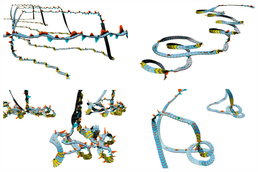
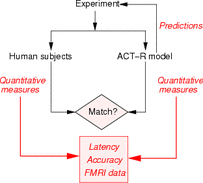
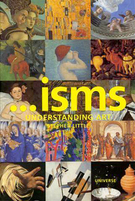
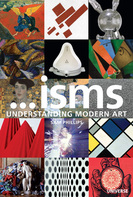
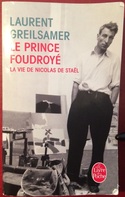
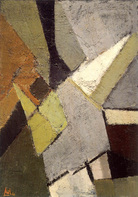
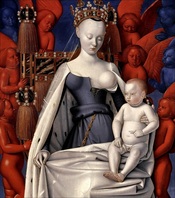
 RSS Feed
RSS Feed